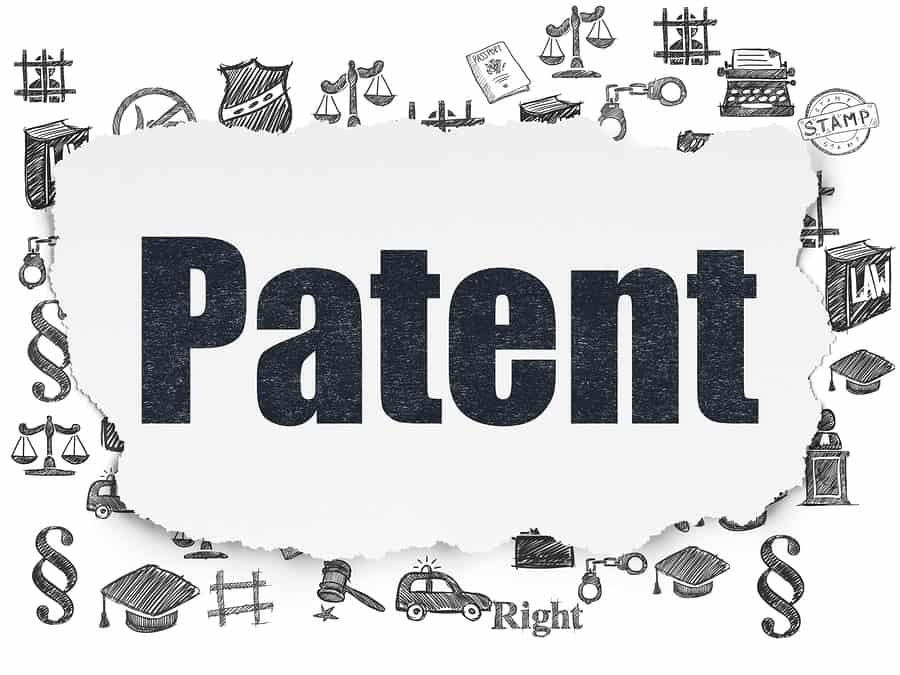A non-provisional utility patent is a type of patent issued by the Patent and Trademark Office (PTO) that provides the inventor with exclusive rights to an invention. This type of patent is the most common and provides the broadest protection for an invention. It is used for inventions that are new, useful, and non-obvious. You can file utility patent through Thoughts to Paper for more reliability.

Image source google
Process of Obtaining a Non-Provisional Patent
- Obtaining a non-provisional utility patent is a complex process that requires a thorough understanding of patent law. The first step is to file a provisional patent application, which establishes an early filing date and reserves the right to file a non-provisional application within one year. After the provisional application is filed, the inventor must then prepare and submit a non-provisional application with a detailed description of the invention, including drawings and claims.
- Once the PTO receives the application, it is assigned to an examiner who conducts a thorough review of the application to determine if it meets the requirements of patentability. If the examiner finds that the invention meets the requirements, the patent is granted. If the examiner finds that the invention does not meet the requirements, the application is rejected and the inventor must appeal or submit a revised application.
In conclusion, a non-provisional utility patent is an important tool for inventors and entrepreneurs seeking to protect and monetize their inventions. Obtaining a patent requires a thorough understanding of patent law and a commitment to the process of filing and defending a patent application. However, the benefits of a non-provisional patent far outweigh the costs, as the inventor is provided with exclusive rights over the invention and the potential to generate revenue.
